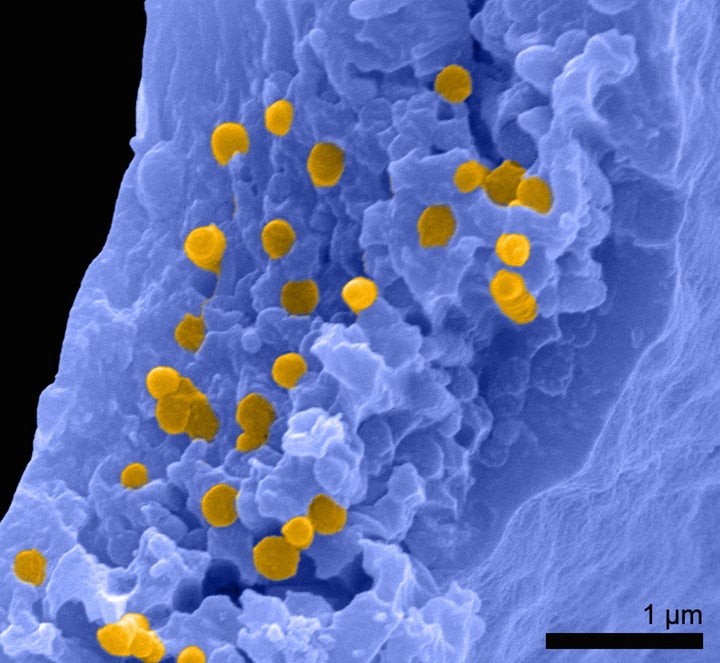Gingers have been around for 10 million years, new study reveals
The scientists behind the startling discovery were Irish

Gingers have been around for 10 million years a new study has revealed after Irish scientists found fragments of ginger pigment molecules in fossilised frogs.
University College Cork (UCC) palaeontologists discovered molecular evidence of phaeomelanin, the pigment that produces ginger colouration, in the amphibians dating back 10 million years.
They say their findings, published in the journal Nature Communications, will enable scientists to better reconstruct the original colours of extinct organisms.
The research was led by Dr Tiffany Slater and Professor Maria McNamara of UCC’s School of Biological, Earth, and Environmental Sciences. They worked with an international team of scientists from Lund University, Sweden. Fujita Health University in Japan and Linyi University, China.
Dr Slater said: “This finding is so exciting because it puts palaeontologists in a better place to detect different melanin pigments in many more fossils.
“This will paint a more accurate picture of ancient animal colour and will answer important questions about the evolution of colours in animals.
“Scientists still don’t know how - or why - phaeomelanin evolved because it is toxic to animals, but the fossil record might just unlock the mystery.”

The team performed a series of lab experiments on black, ginger, and white feathers to track how phaeomelanin pigments degrade during the fossilisation process, which backs up their interpretations of the fossil chemistry.
Study senior author Prof. McNamara said: “Fossils are invariably altered by the ravages of heat and pressure during burial, but that doesn’t mean that we lose all original biomolecular information.
“Our fossilisation experiments were the key to understanding the chemistry of the fossils, and prove that traces of biomolecules can survive being cooked during the fossilisation process.”
She added: “There is huge potential to explore the biochemical evolution of animals using the fossil record, when we account for chemical changes during fossilisation.”






Join our commenting forum
Join thought-provoking conversations, follow other Independent readers and see their replies
Comments